A Graceful Beginning in Austria
Before the world knew her as Susan Denberg, she was Dietlinde Zechner, born on August 2, 1944, in Bad Polzin, Germany—now a part of modern-day Poland. After World War II, her family settled in Klagenfurt, Austria, a quiet town surrounded by mountains and steeped in tradition. Growing up in this picturesque setting, young Dietlinde found her passion in the arts. Dance quickly became her first love, and it wasn’t long before she was captivating local audiences with her natural grace and presence.
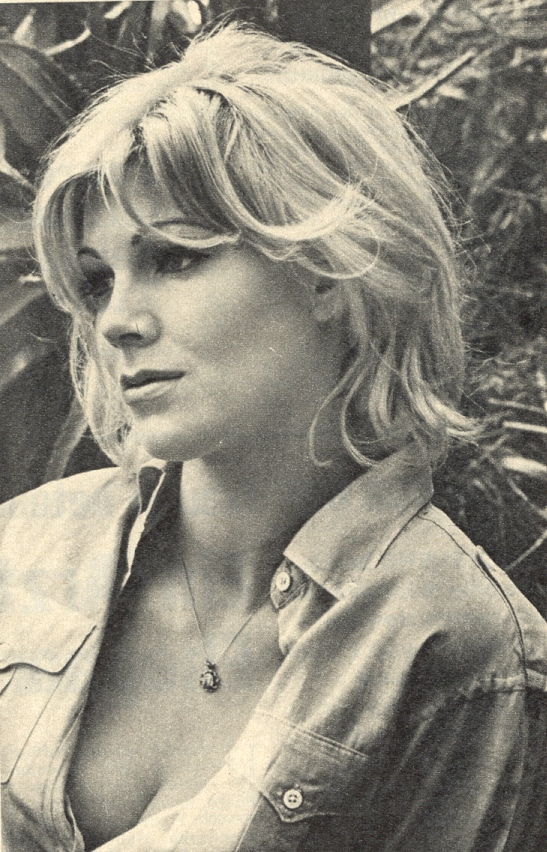
Her early years weren’t without struggle. The post-war economy was harsh, and like many European families at the time, the Zechners had to rebuild from the ground up. But even in the midst of difficulty, Susan’s creative spark never dimmed. She juggled academics with rehearsals, always driven by a bigger dream—a life far beyond her mountain-framed hometown.
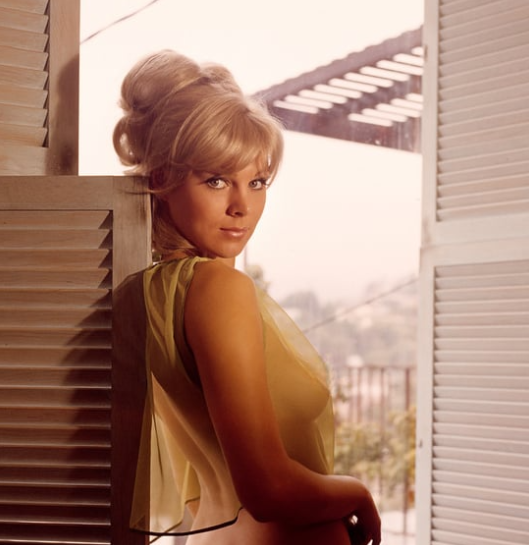
Dancing into the Spotlight
In her twenties, Susan left Austria behind to chase that dream. She found herself performing in London and Las Vegas, working in chorus lines where her energy, beauty, and precision on stage drew plenty of attention. Her transition from dancer to model came naturally. With her striking almond-shaped eyes, radiant skin, and hourglass figure, she had a magnetic presence that the camera couldn’t resist.
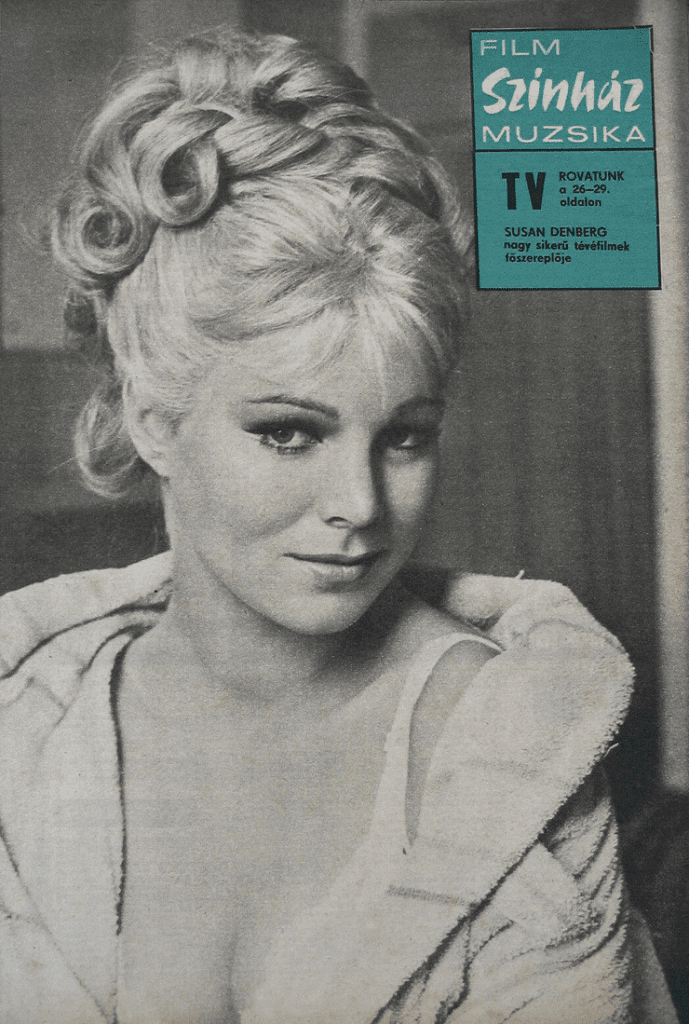
It was during this transformation that she adopted the stage name Susan Denberg, and her modeling career soared. By 1966, she became a sensation in the fashion and entertainment world. She posed for countless photoshoots—each one capturing the bold, free-spirited vibe of the swinging sixties.
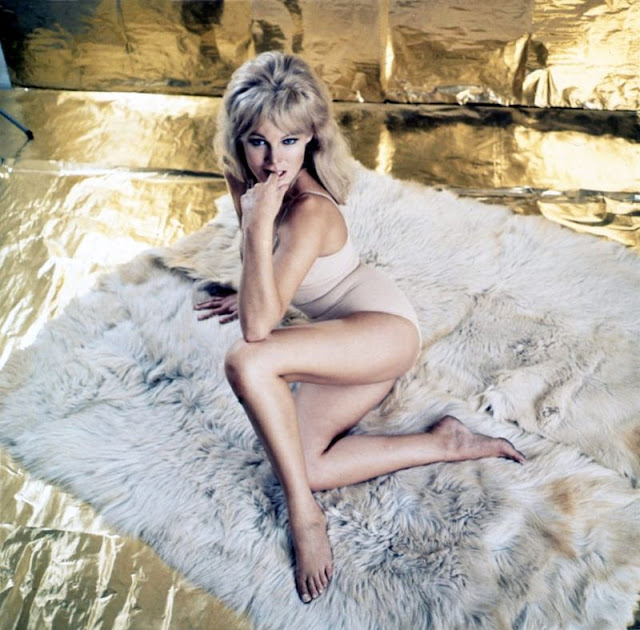
Susan wasn’t just another pretty face in front of a camera. She owned every frame. Her expressions told stories. She was fierce, soft, seductive, and mysterious—all at once. Her iconic red bikini shots at the Soapbox Grand Prix in London and her dramatic studio portraits became part of the decade’s visual identity. That same year, she gained even more recognition as a featured magazine model, making her one of the most talked-about glamour stars of her time.
Video : SUSAN DENBERG
Breaking into Hollywood: A Genre Star is Born
Susan Denberg’s beauty turned heads—but it was her ability to command attention on screen that made her unforgettable. Her acting debut came in 1966 with a guest role as Magda Kovacs in Star Trek’s “Mudd’s Women.” Despite having her lines dubbed, her performance left a lasting impression. Her expressive eyes did the heavy lifting, revealing emotion even when words weren’t her own.
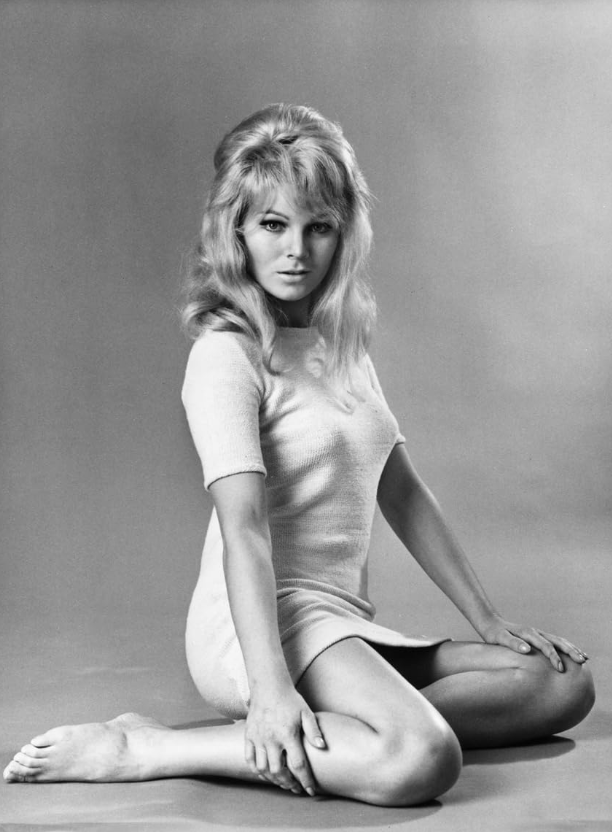
In 1967, Susan landed what would become her most famous role—as Christina in Frankenstein Created Woman, a Hammer horror classic. The film, starring the legendary Peter Cushing, tells the story of a disfigured girl who is murdered and then resurrected by Frankenstein’s experiments. As Christina, Susan balanced both vulnerability and intensity, delivering a haunting portrayal that elevated the film far beyond its B-movie expectations.
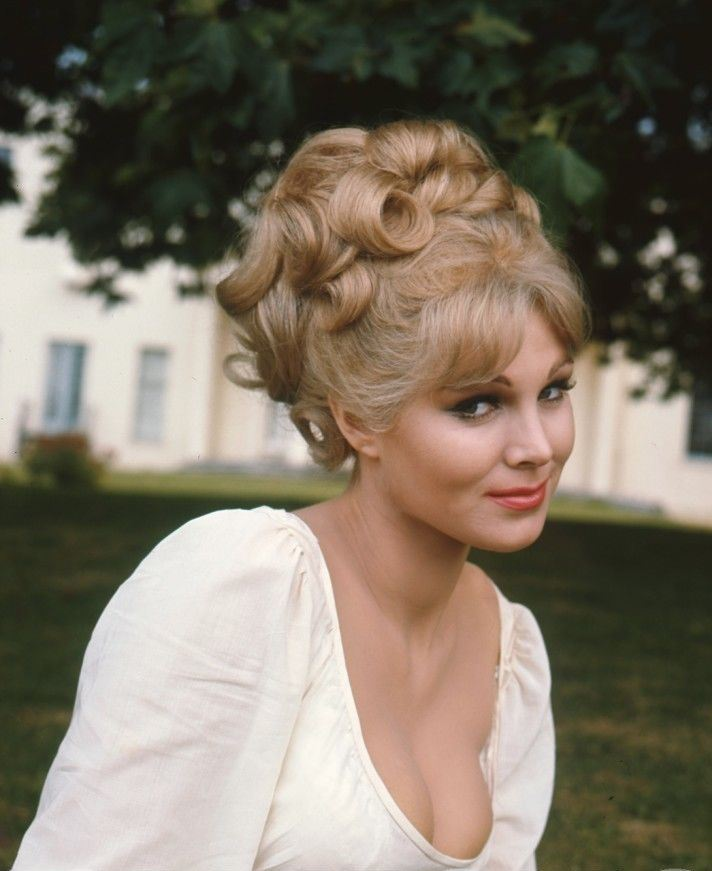
Though her voice was again dubbed, her visual performance was powerful enough to make her one of the most memorable leading women in Hammer’s horror legacy. She brought soul and depth to a genre often more focused on shock than substance.
The ‘60s: A Fast Rise and a Sudden Retreat
By the late ‘60s, Susan Denberg had become a recognizable figure—not just in film and magazines, but in pop culture itself. But fame came at a cost. The pressures of Hollywood, combined with the era’s chaotic lifestyle, eventually took a toll.
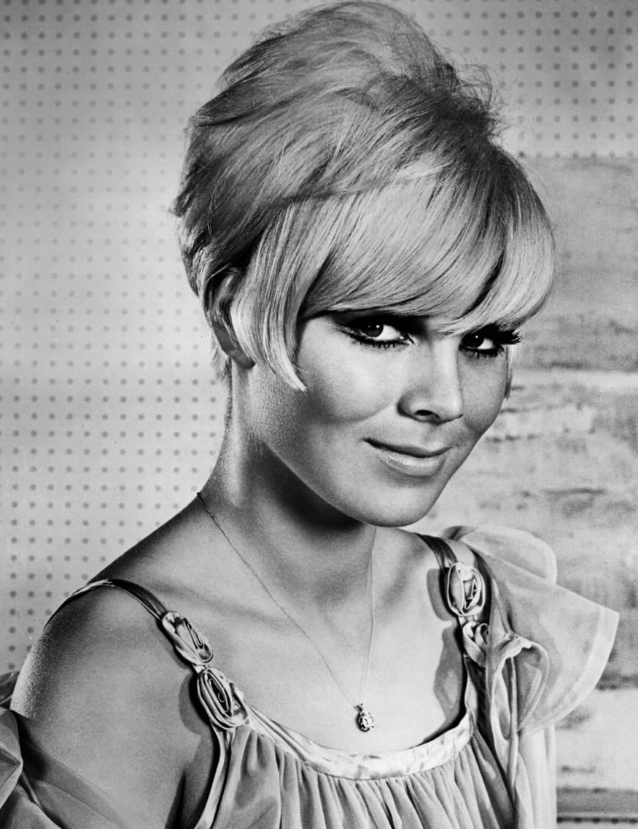
In 1968, she abruptly stepped away from the limelight. Rumors began circulating, including false reports of her death. It wasn’t until a 1972 interview in Midnight magazine that she reemerged, candidly discussing her struggles with substance use and her decision to leave fame behind.
Susan’s honesty and vulnerability in that interview revealed a woman who had faced tremendous pressure—and made the brave choice to walk away. It was a rare act of self-preservation in an industry that too often forgets its stars once the spotlight dims.
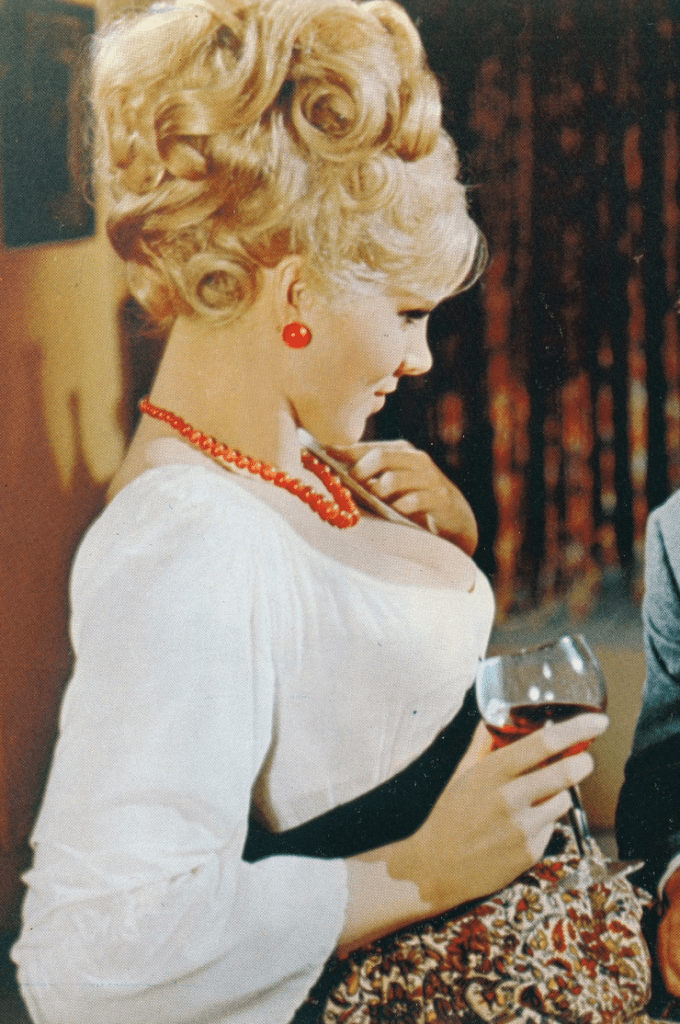
A New Life Back in Austria
After leaving the public eye, Susan returned to Austria, where she reinvented her life on her own terms. She continued dancing, performing in nightclubs like Vienna’s Renz and later in Geneva. In 1971, she became a mother, giving birth to her son, Wolfgang-Dieter, with her then-husband, Anthony Scotti. Although their marriage ended, motherhood became her new stage, one that brought her joy and a sense of purpose.
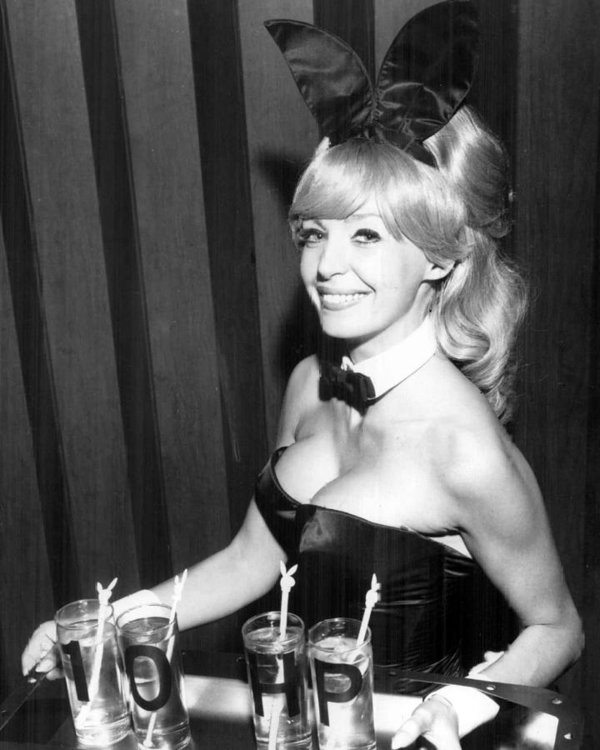
Susan never returned to film or television, but she didn’t need to. Her brief time in the spotlight had already secured her a place in cinematic history.
Video : Playboy playmates 1966 | Some information and photos of beautiful girls
Photos That Still Turn Heads
Decades later, Susan Denberg’s 1966 photo gallery remains iconic. Whether captured in swimsuits, elegant gowns, or casual poses, her photos evoke the raw beauty of a bygone era. Collectors continue to seek out prints of her, and her image still graces vintage memorabilia, from posters to magazine spreads.
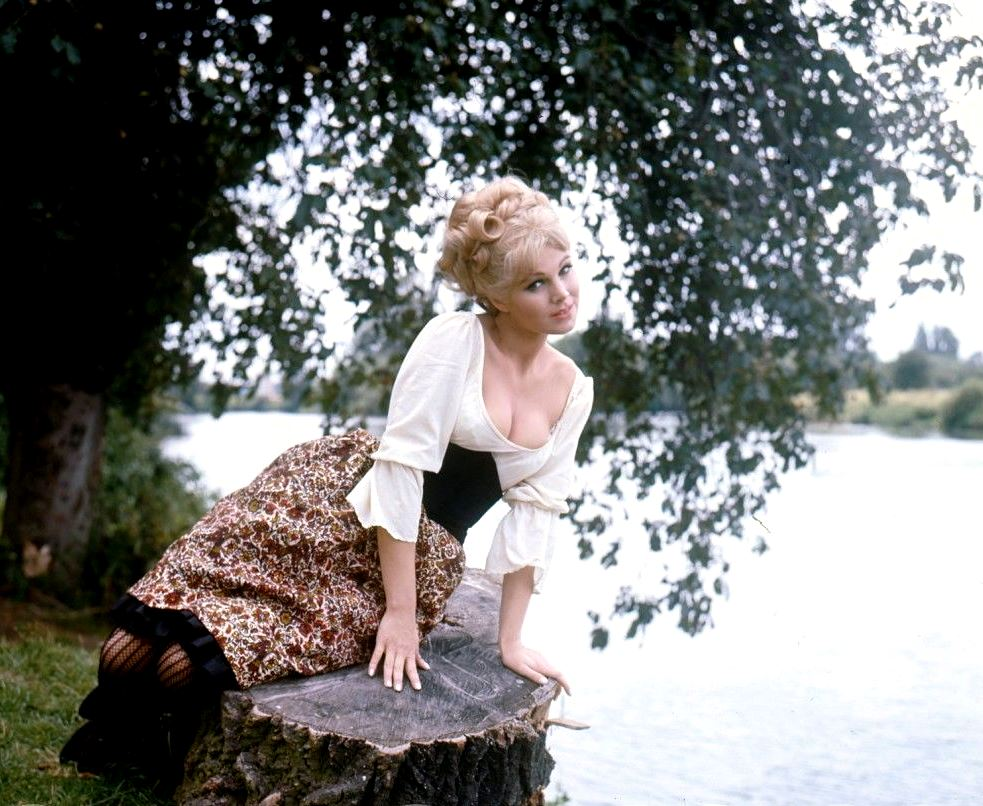
What makes these images so timeless isn’t just her beauty—it’s the confidence and depth behind the lens. She wasn’t just modeling fashion; she was modeling emotion, attitude, and a distinct sense of power.
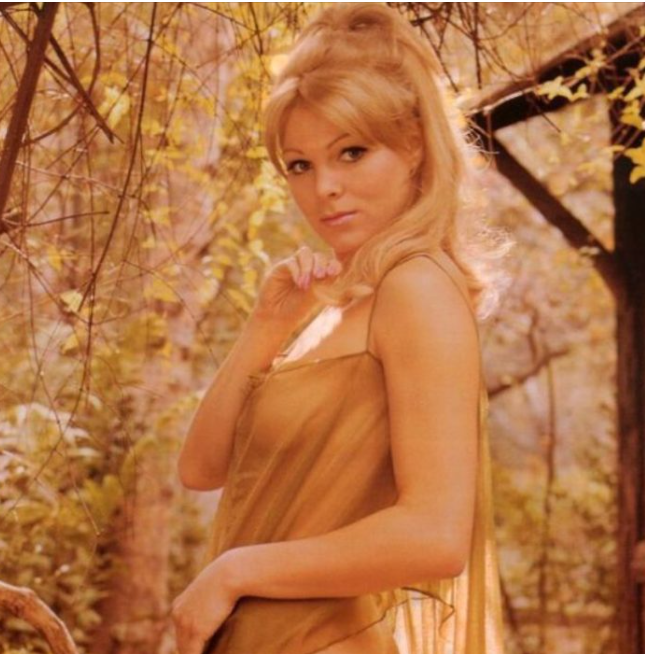
Susan Denberg in 2025: A Quiet Legacy That Still Resonates
Today, Susan Denberg lives a peaceful, private life in Austria. At 81 years old, she remains far removed from the Hollywood scene—but her presence still echoes through the world of film and photography. Fans continue to discover her through Star Trek, Frankenstein Created Woman, and the countless images that define her as one of the most captivating figures of the 1960s.
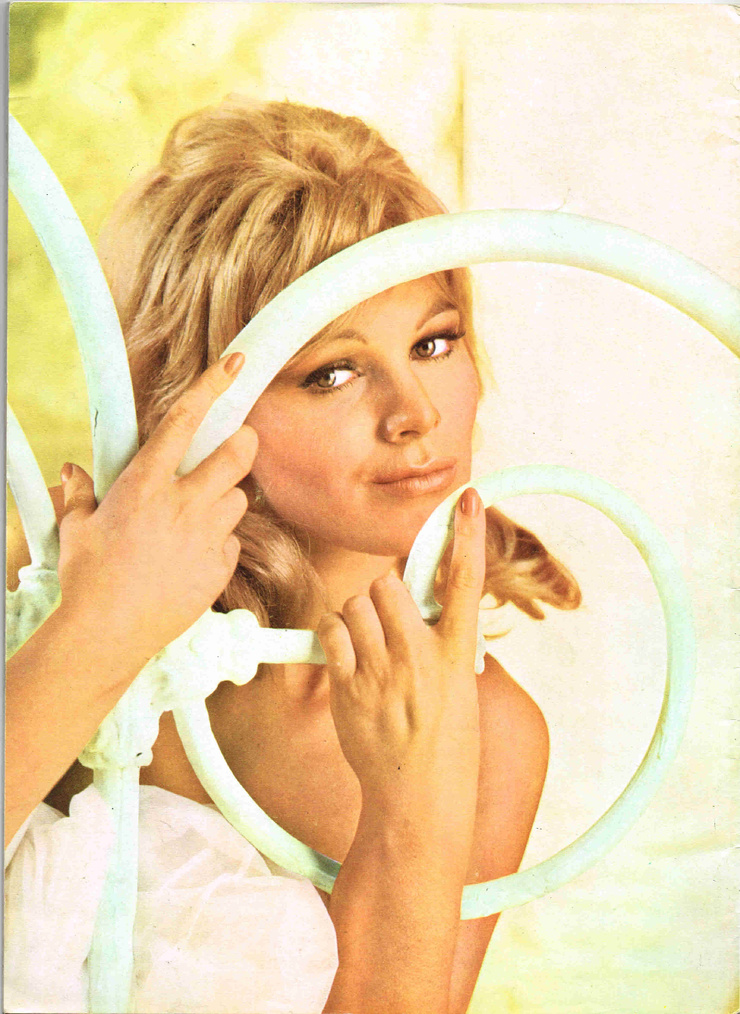
She may have stepped away from the camera long ago, but her legacy remains alive—celebrated not just for her roles or her beauty, but for the strength and independence she displayed in choosing a different path.
Conclusion: Susan Denberg’s Enduring Story
Susan Denberg’s life is a story of brilliance, fame, vulnerability, and resilience. From a quiet Austrian town to global stardom, and finally to a life of peace and privacy, she’s experienced the full arc of a truly extraordinary journey.
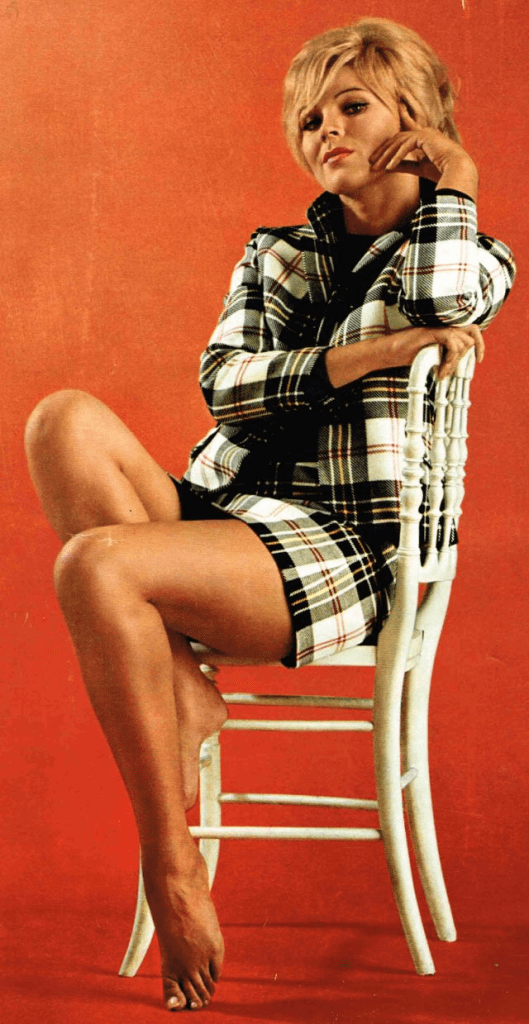
Her brief time on screen left a deep mark, and her images continue to inspire. But perhaps the most inspiring part of her story is not what the world saw—but what she chose when no one was watching: to walk away, heal, and live life on her own terms.
And that, more than any role or photo, is why Susan Denberg still matters.